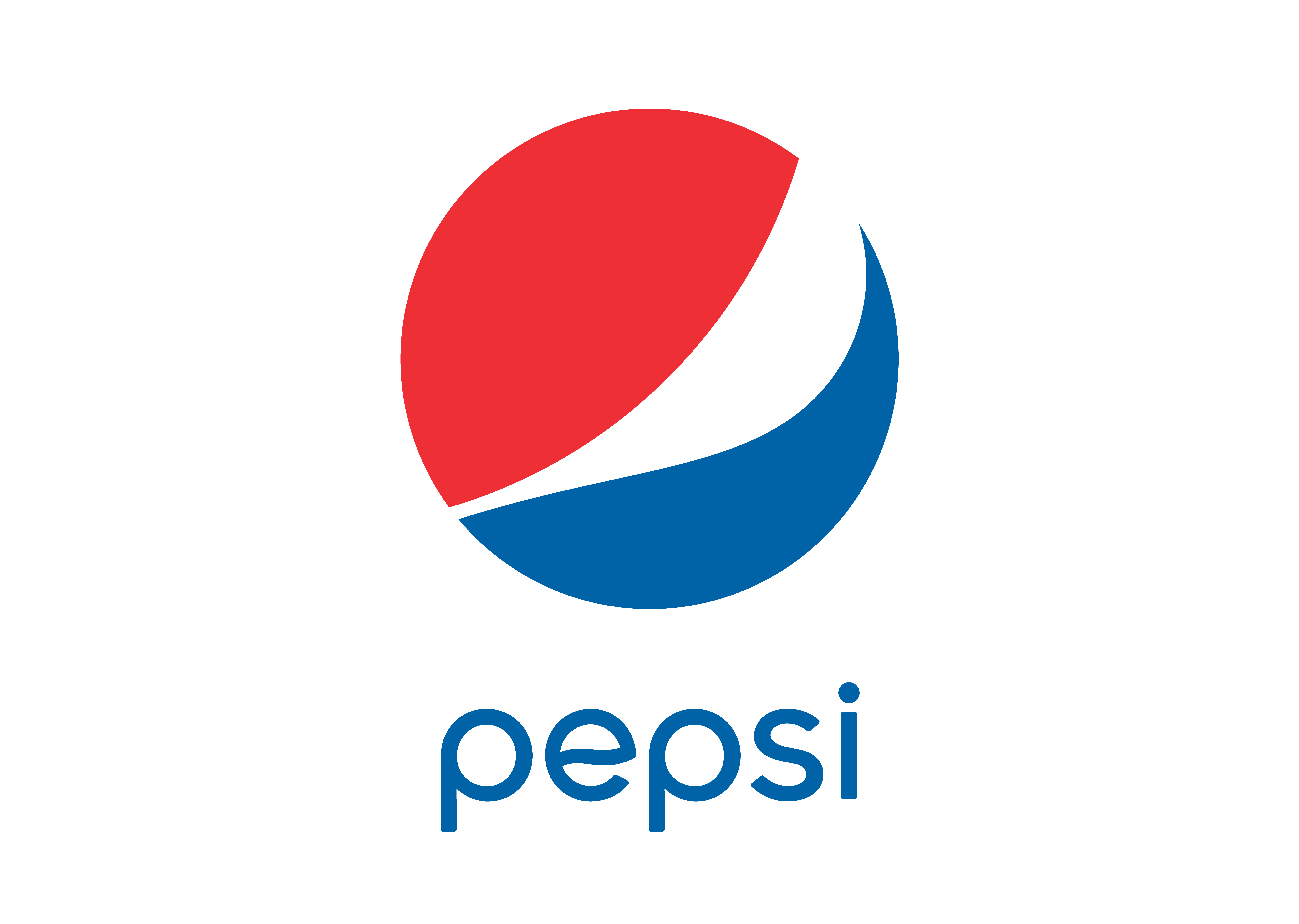Have you ever wondered what sets truly successful workplace apart?
The answer often lies in their ability to encourage a culture of innovation in the workplace.
Innovation isn’t just about introducing cutting-edge technologies; it’s about cultivating a mindset that thrives on creativity and forward-thinking.
In this blog post, we will explore the strategies and practices that organizations can employ to unlock the full potential of their workforce, driving success through encouraging innovation in the workplace.
Define innovation in the workplace
Innovation in the workplace refers to the process of introducing novel ideas, methods, products, or services within an organization to bring about positive change and improvement.
It goes beyond mere technological advancements and encompasses a broader spectrum of creativity, problem-solving, and the willingness to challenge the status quo.
Innovative workplaces foster an environment that encourages employees to think critically, experiment with new approaches, and contribute to the evolution of the organization.
This may involve the development of groundbreaking products, the optimization of existing processes, the implementation of inventive business strategies, or the cultivation of a culture that values continuous improvement and adaptability.
Ultimately, workplace innovation is a dynamic and multifaceted concept that plays a crucial role in sustaining competitiveness and growth in today’s rapidly evolving business landscape.
Importance of Innovation in the Workplace
Innovation in the workplace holds paramount importance in the dynamic landscape of modern business. The ability to innovate is a key driver of success for organizations, impacting various facets of their operations.
Here are several reasons highlighting the significance of fostering innovation in the workplace:
Competitive Advantage
Innovative companies often gain a competitive edge by staying ahead of industry trends and offering unique products or services.
Constantly evolving and adapting to change positions organizations as leaders in their respective markets.
Enhanced Productivity and Efficiency
Innovative processes and technologies can streamline operations, leading to increased efficiency and productivity.
Automation and optimization of tasks contribute to time and resource savings.
Adaptability to Change
A culture of innovation prepares organizations to adapt to market shifts, technological advancements, and unforeseen challenges.
Proactive adaptation minimizes the impact of disruptions and fosters resilience.
Employee Engagement and Retention
Employees in innovative environments are often more engaged as they are encouraged to contribute ideas, solve problems, and take ownership of their work.
A culture of innovation can attract and retain top talent seeking dynamic and stimulating work environments.
Customer Satisfaction
Innovation frequently leads to the development of products or services that better meet customer needs and expectations.
Anticipating and addressing customer preferences strengthens relationships and loyalty.
Cost Savings
Innovations in processes and technologies can result in cost-effective solutions, reducing operational expenses over time.
Identifying more efficient ways of working contributes to long-term financial sustainability.
Stimulates Growth and Expansion
Innovation is often a catalyst for business growth, allowing companies to explore new markets and expand their reach.
Launching new products or entering untapped markets can drive revenue growth.
Risk Mitigation
By continually innovating, organizations can diversify their offerings, reducing reliance on a single product or service.
A diverse portfolio can act as a risk mitigation strategy in the face of market fluctuations.
Fosters a Positive Organizational Culture
A culture that values innovation promotes a positive and forward-thinking atmosphere.
Encouraging creativity and open communication contributes to a stimulating and enjoyable work environment.
Read more about Why is Innovation Important in the Workplace?
Strategies for encouraging innovation in the workplace
Following are the ten proven strategies that results into encouraging innovation in the workplace
1. Providing Leadership Support and Example
Leadership support and example are pivotal for fostering innovation in the workplace.
When organizational leaders actively endorse and champion innovative initiatives, it sends a clear signal to the entire workforce that creativity and forward-thinking are not only valued but essential for the organizational success.
When leaders lead by example, demonstrating a willingness to explore new ideas and technologies, it creates a ripple effect throughout the organization, empowering employees at all levels to think innovatively and contribute to the continuous improvement and evolution of the company.
2. Promoting a Healthy Risk-Taking Culture
Promoting a healthy risk-taking culture involves creating an environment where employees feel encouraged to explore new ideas and approaches without fear of punitive consequences.
In a risk-taking culture, mistakes are viewed as opportunities for learning and improvement rather than as failures.
Leaders play a crucial role in setting the tone by acknowledging that not all risks will lead to success, but the process of experimentation and pushing boundaries is essential for growth.
Establishing clear guidelines for acceptable risk and providing support mechanisms, such as mentorship and feedback loops, ensures that employees can take calculated risks and contribute to the organization’s overall innovation and adaptability.
Ultimately, a culture that embraces healthy risk-taking empowers individuals to think creatively and contribute to the ongoing success of the company.
3. Encouraging Diverse Perspectives
Business leaders and managers should be actively seeking and valuing input from individuals with varied backgrounds, experiences, and viewpoints.
By assembling a diverse team, organizations can tap into a wealth of perspectives that can lead to more creative problem-solving and innovative solutions.
This inclusivity is not only limited to demographic diversity but also encompasses diverse skills, expertise, and ways of thinking.
Creating an environment where all voices are heard and respected not only enhances the richness of ideas but also promotes a culture of openness and collaboration.
4. Promoting Open Communication
Promoting open communication is a fundamental strategy for encouraging innovation in the workplace.
Creating an environment where employees feel comfortable expressing their thoughts, ideas, and concerns is essential for building a culture of collaboration and creativity.
Establishing regular channels for communication, such as team meetings, feedback sessions, and open forums, encourages the free exchange of information.
Transparency in communication helps break down barriers and ensures that everyone’s perspective is heard and considered.
5. Hosting brainstorming sessions and idea-sharing forums
Hosting brainstorming sessions provide dedicated time and space for employees to come together, share their thoughts, and collaboratively generate creative ideas.
By fostering an open and inclusive environment where all voices are encouraged and respected, organizations can tap into the collective intelligence of their workforce.
Brainstorming sessions often facilitate the cross-pollination of ideas from different departments and individuals with diverse perspectives, leading to innovative solutions that may not emerge in traditional settings.
Establishing a framework that encourages both quantity and diversity of ideas, and then refining those ideas collectively, helps ensure a robust pool of potential innovations.
6. Establishing Dedicated Time for Creativity
By allocating specific periods for employees to focus solely on creative thinking, organizations signal the importance of innovation in their culture.
This designated time can take various forms, such as innovation workshops, or even allowing employees a set amount of time each week to explore new ideas.
Providing this structured time not only encourages the generation of novel concepts but also allows individuals to step away from routine tasks, fostering a mindset conducive to creativity.
It sends a powerful message that creativity is a valued aspect of the work environment, contributing to a culture that prioritizes innovation and continuous improvement.
This intentional investment in creative time can result in groundbreaking ideas, process improvements, and a more dynamic and forward-thinking organizational culture.
7. Creating Cross-Functional Teams
Rather than relying on siloed departments, cross-functional teams bring together individuals with diverse skills, expertise, and perspectives to collaborate on specific projects or challenges.
This approach fosters a rich exchange of ideas, encourages creative problem-solving, and enhances the likelihood of innovative solutions.
The diversity within these teams ensures a comprehensive consideration of different angles and the integration of varied insights, ultimately leading to more holistic and groundbreaking outcomes.
Cross-functional collaboration not only breaks down communication barriers but also promotes a culture where employees learn from each other’s expertise, contributing to a more agile and innovative organizational environment.
8. Providing Resources for Innovation
Allocating financial investment, time, and tools specifically for innovative projects sends a clear message that the organization values and prioritizes forward-thinking initiatives.
These resources can take various forms, including dedicated budgets for research and development, access to cutting-edge technologies, and the provision of training programs to enhance employees’ skills.
Establishing innovation labs or dedicated spaces within the organization can also facilitate experimentation and collaboration.
By investing in the necessary resources, organizations empower employees to explore new ideas, take calculated risks, and contribute to the continuous evolution and improvement of products, services, and processes.
9. Rewarding and Recognizing Innovation
Establishing a system to acknowledge and celebrate innovative efforts sends a powerful message that contributions beyond the norm are appreciated and essential.
Rewards can take various forms, including financial incentives, bonuses, or non-monetary recognition such as public praise, awards, or career advancement opportunities.
By tying innovation to tangible benefits, organizations motivate employees to actively engage in idea generation and problem-solving.
This recognition not only validates individual and team efforts but also serves as a positive reinforcement mechanism, reinforcing the importance of innovation as a core organizational value.
10. Investing in Training and Development Initiatives
Investing in ongoing learning opportunities for employees ensures they stay abreast of industry trends, emerging technologies, and innovative practices.
This can involve providing workshops, seminars, and online courses that focus on fostering creativity, problem-solving, and critical thinking skills.
Additionally, organizations can support employees in acquiring new technical skills relevant to their roles.
By actively promoting a culture of continuous learning, organizations empower their workforce to adapt to evolving challenges and stay at the forefront of their respective fields.
This commitment to employee development not only enhances individual capabilities but also contributes to a more innovative and agile organization overall.
Final word
Encouraging innovation in the workplace is not just a strategic imperative; it is a commitment to continuous growth and adaptability. Through this, organizations empower their employees to think creatively, take calculated risks, and contribute to the evolution of the company. From leadership support and cross-functional collaboration to providing dedicated resources and recognizing innovative efforts, each strategy plays a vital role in shaping a dynamic and forward-thinking workplace.



